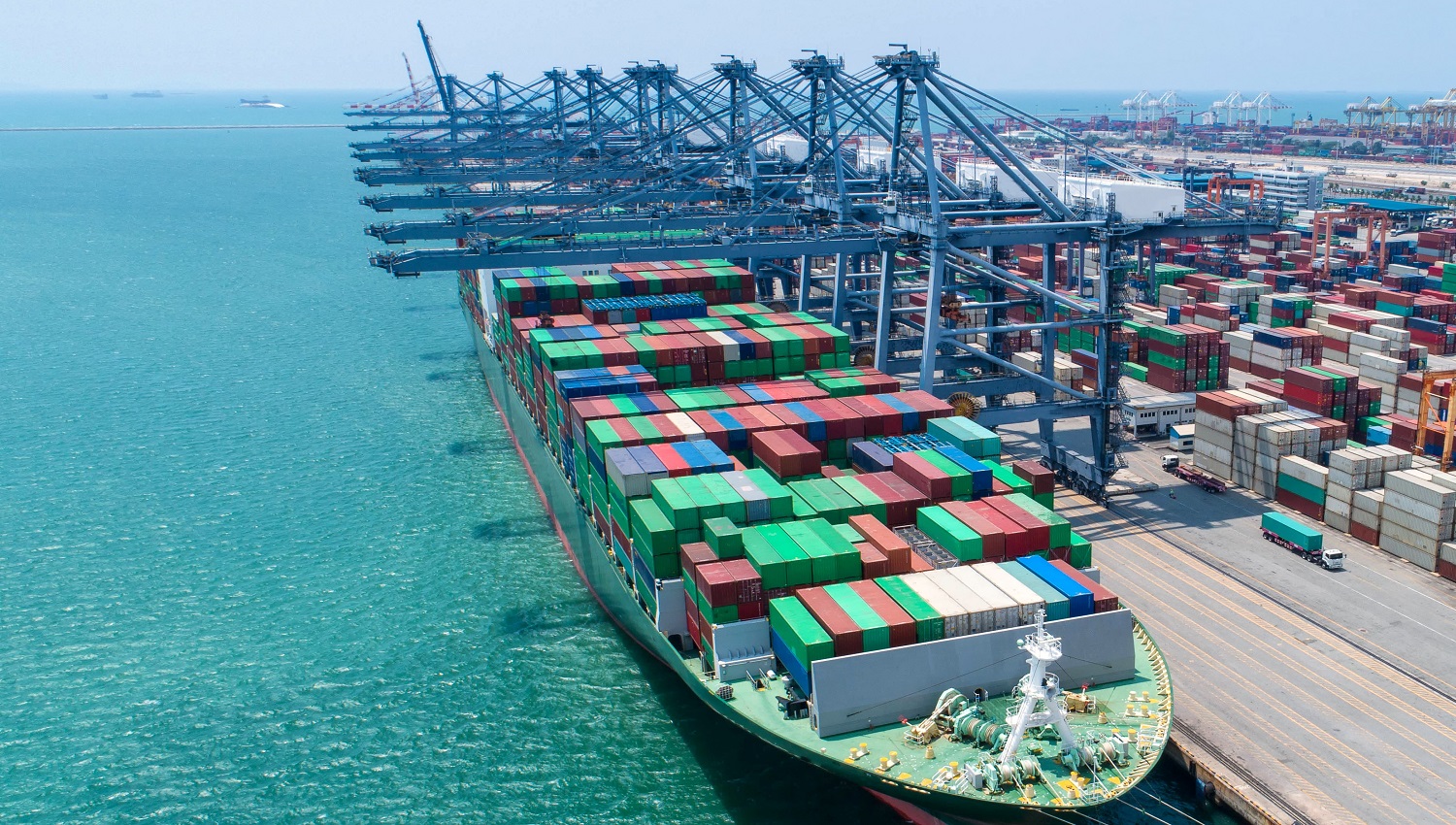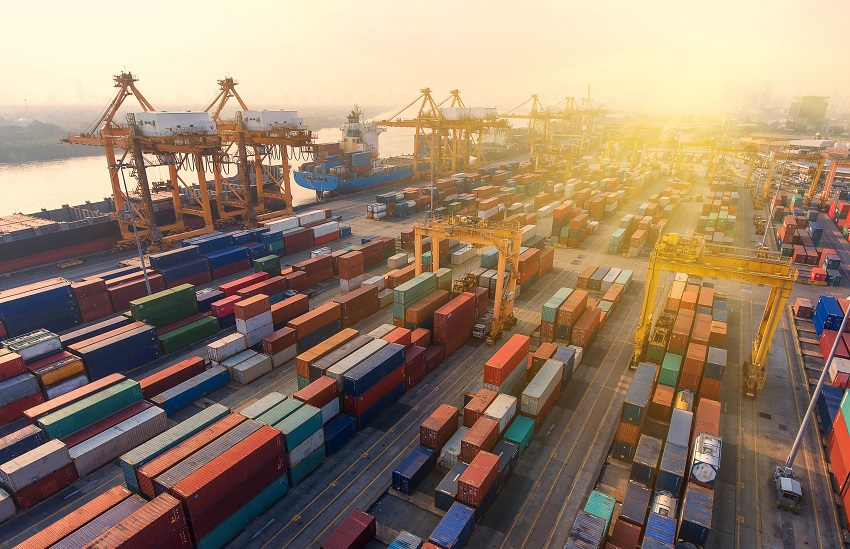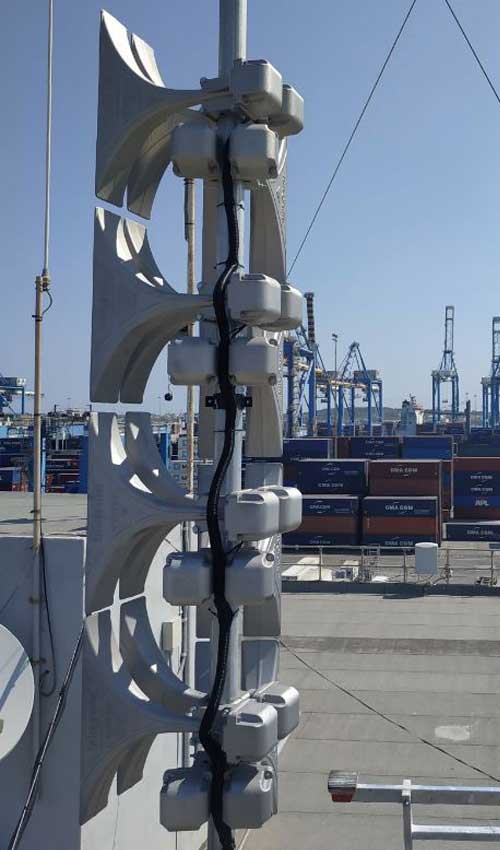
Do you Know Why Electronic Sirens are Used in Ports?
Ports are places of intense human activity and cargo transport. The busiest Europe’s seaport, Rotterdam, handles more than 12 million containers a year (the so-called TEUs, twenty-foot equivalent units ). More than 10 million people pass through the largest European passenger ports in Dover, England and Helsinki, Finland. The largest world’s ports, in Shanghai or Singapore, are even larger, which only underlines the necessity of using adequate security systems.
The high concentration of human activity and the activity of large machinery entails many safety risks to be faced. There are numbers of potential threats, and some of them are specific to ports. Electronic sirens have proven to be a useful warning element due to their quick and simple operation, but mainly their flexibility.
The key feature of electronic sirens: Flexibility
So, what could sound sirens in a port? There are two types of events: one includes general risks, which can arise virtually anywhere, such as fires (on a ship or land) or possible natural disasters. The other one is port-specific risks like leakage of harmful substances (for example, oil leakage from a tanker), chemical pollution, ship collisions, or explosions.
The sheer length of the list is a strong argument for adequate security measures. The vast area of ports is not negligible either, and different types of safety and security threats require different responses. Not only do the specifics mentioned above make electronic sirens a very suitable security element, but there are several more reasons:
- Electronic sirens allow the transmission of various pre-recorded signals, providing instructions in different emergency and non-emergency situations or the reproduction of live voice directly via microphone.
- Sirens can be controlled locally from a control centre (or several control centres). The software system can quickly send the necessary signal, integrate the sirens with a camera system, and provide information to the emergency and rescue units.
- The strength of a signal in electronic sirens varies; therefore, it is possible to build a denser network of smaller sirens in the noisy parts of ports, for example.

Different types of sirens and tasks
Besides the network of standard stationary electronic sirens such as Pavian or Gibon, other devices can be utilised in ports. Until recently, ship sirens used to be monofunctional. However, both large and small vessels can now use electronic sirens to reproduce a significant number of signals and respond to a potential problem much faster.
Mobile sirens present a special category of sirens that can be used, especially in large ports. It is possible to attach them to cars and all kinds of port machinery, and thus issue a simple warning signal, but also quickly warn staff or inform the local inhabitants (for example, in the case of a fire).
The last category is the so-called “man-down” siren systems that allow an immediate local response. By combining local sirens and a network of buttons, the personnel detecting an emergency can immediately stop operations and send a warning signal to the other members of the personnel. Such a prompt reaction can save human lives in a few seconds, and there is no need to wait for the control centre to respond.

Telegrafia’s sirens in the Dammam port, Saudi Arabia
The main advantages of electronic sirens (their flexibility and reliability in different situations, and several types of signals) find their applications in ports around the world.
Telegrafia has considerable experience in the construction of modern, efficient electronic siren networks in ports. Some credible evidence exists in the Dammam port in Saudi Arabia, where a warning and notification system was successfully installed in 2018. This system in the country’s second-busiest port consists of seven Pavian sirens and the LCU15 control unit, interconnected by the Vektra® software.

The article was written by
Zuzana Jacova
Zuzana works at Telegrafia at the marketing department. Her main responsibility is to keep an eye on Google Ads and Facebook. Online marketing is changing all the time, giving her the chance to expand her knowledge constantly and put it into real practice. After work, she relaxes best by going to the gym and watching good films.
